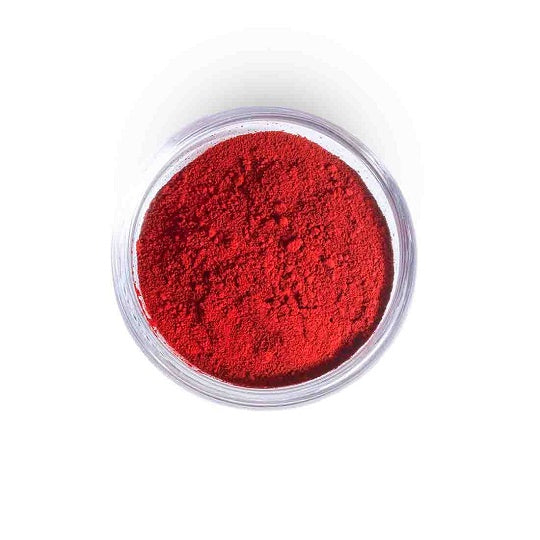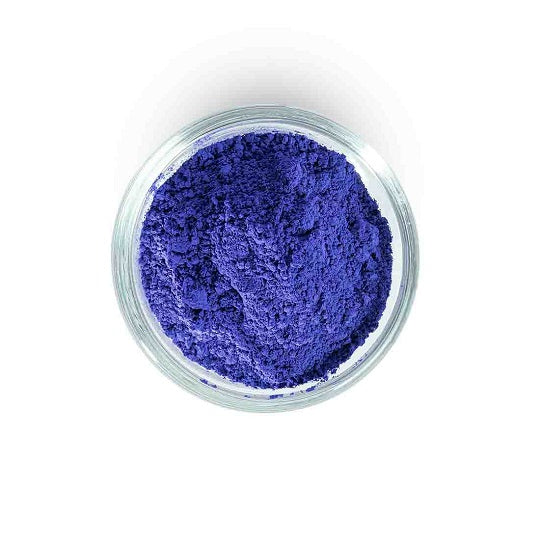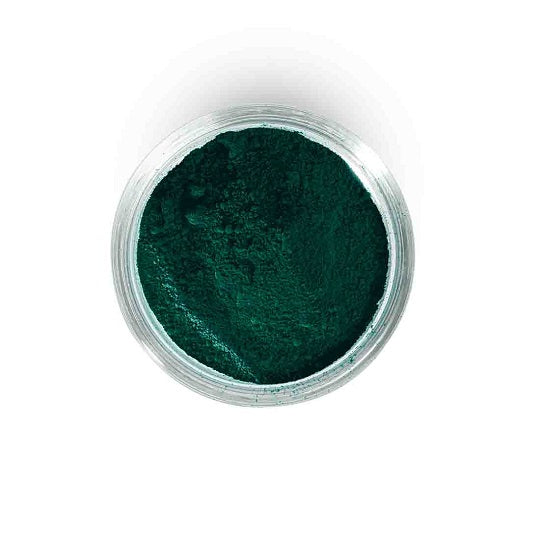Pigment Powder For Paint - Easy To Make DIY Recipe
Mineral-based powders called mica pigments to come in flat, flake-like forms and have an iridescent sheen. Most of the time, all that is required to mix the mica pigments into a medium is some hand stirring. They can be further blended and altered to achieve the precise look you like. Mica pigments are utilized in soaps, shampoos, cosmetics, automobile paint, and even in art and interior design.

Natural acrylic paints made from mineral pigments are a popular and easy DIY activity that most people love. You can design and alter colors according to your needs and preferences. It's a great method to learn more about color blending, too. Additionally,100% natural acrylic paints manufactured with mica powder are a perfect alternative to pre-packaged watercolor paints that typically contain dangerous colorants and toxic chemicals.
Can Mica Powder Be Mixed With Acrylic Paint?
Yes! Mica Powders mix into acrylic paints with ease. But translucent acrylic media are advised because the pigment needs light to reveal its shine and metallic undertones. The natural hue of the micas could be altered or changed into a pastel if you combine these pigments with pre-colored acrylic paints.
Best Way To Make Your Pigment Powder For Paint
Mica pigment powder is the ideal colorant for producing distinctive acrylic and watercolor paints. Mica pigments come in a wide array of hues, and mixing mica with a binder may produce genuinely distinctive hues. Additionally, mica naturally shimmers, giving your artwork a shimmering, iridescent appearance. Here is how you can customize your DIY paints:
Recipe 1: Adding Pure Mica Powder To Acrylic Paint
Making your paint is a fantastic method to reduce costs while maintaining greater control over the colors and consistency of the paint. Micas give any acrylic medium a luminescent quality and many interesting effects.

The small particles in mica powder do not dissolve in acrylics, giving the mixture a good amount of depth and movement. And also, you don't need a lot of pigment to create distinctive, shimmering paints because a little bit of these powders goes a long way.
Ingredients List:
- Red Oxide Pigment Powder - 1 Tablespoon
- Blue Oxide Pigment Powder - 1 Tablespoon
- Acrylic Gel Medium - 4 Tablespoons
- Disposable Cups - 2
- Palette knife - 1
- Plastic Containers - 2
- Water - As Required
Methods:
Step 1: Take 1 tsp of dried pigment from each hue, and combine them completely with the palette knife in the disposable cup.
Step 2: Add acrylic gel medium to the cup and stir the mixture.
Step 3: Add a few drops of water to get the desired consistency.
Step 4: Blend the mixture into a smooth consistency with the palette knife.
Step 5: Your freshly prepared acrylic paint is ready.
Step 6: Store it in plastic containers and use it as desired.
Recipe 2: Pigment Powder For Watercolor
Pigments, binders, humectants, and preservatives make up watercolors. Pigments produce the color of watercolor paint. A humectant holds onto the moisture of your watercolor paint and re-wets it, while binders are the glue to tie all elements together.

There are numerous options, including metallic pigments, mica powders, and even glitters; nevertheless, most painters prefer mica powders since they emit the most vivid color and give the paint a sheen look. Lastly, a preservative protects your watercolor paint from bacteria and mold.
Ingredients List:
- Green Pigment Powder - 2 Tablespoons
- Gum Arabic Powder - ½ Cup
- Distilled Water - 1 Cup
- Honey - ⅕ Cup
- Essential Oil - 5-6 Drops
Method:
Step 1: Grind the lump gum arabic into a fine powder.
Step 2: In a glass bowl, combine ½ cup of gum arabic powder with 1 cup of hot distilled water.

Step 3: Stir the mixture slowly until the powder is fully combined.
Step 4: Add honey and stir the mixture.
Step 5: Add essential oil and mix it up thoroughly.
Step 6: Your binder is ready for use. You can use the required amount and store the rest in the refrigerator for a week.
Step 7: Take 2 tbsp of pigment powder and 2 tbsp of binder on a glass surface.
Step 8: Using a palette knife, start combining both products.
Step 9: Keep mixing in circular motions until the mixture is combined completely.
Step 10: Store your prepared color in a water pan and use it as desired.
Conclusion
As an alternative to pre-packaged paints, making your pigment powder paint with translucent mediums and mica powders is a great idea. Before you start painting, it's a genuinely rewarding DIY activity to create your palettes with mica powders, which have extraordinary qualities that will make them distinctive.
This article will give you the motivation you need to assemble your own set of mineral-based natural paints. If you are interested in making mica pigment powder paints and are looking for a place to buy the raw materials, you can check out the website of Vedaoils. You can visit their website and buy your materials at amazing discounts.
You May Also Like:
Buy Products
-
 Honey Flavor Oil
Honey Flavor Oil -
 Lavender Essential Oil
Lavender Essential Oil -
 Matte American Red Oxide Pigment Powder
Matte American Red Oxide Pigment Powder -
 Matte Cobalt Blue Oxide Pigment Powder
Matte Cobalt Blue Oxide Pigment Powder -
 Matte Woodland Green Pigment Powder
Matte Woodland Green Pigment Powder
Related Articles
-
 DIY Glycerin Moisturizer – 3 Natural Homemade Recipes For Face
DIY Glycerin Moisturizer – 3 Natural Homemade Recipes For Face -
 DIY Cleansing Oil - Best Homemade Recipe For All Skin Types
DIY Cleansing Oil - Best Homemade Recipe For All Skin Types -
 How to Make Marble Candles | DIY Marble Pillar Candle
How to Make Marble Candles | DIY Marble Pillar Candle -
 DIY Tanning Oil - Best Homemade Recipes For Tan Removal
DIY Tanning Oil - Best Homemade Recipes For Tan Removal -
 Homemade Mustache Wax: Best DIY Recipe With Natural Ingredients
Homemade Mustache Wax: Best DIY Recipe With Natural Ingredients -
 Kojic Acid vs. Glycolic Acid: Which Is Better for Skin Whitening?
Kojic Acid vs. Glycolic Acid: Which Is Better for Skin Whitening?
Disclaimer :- This article is intended for informational and educational purposes only and should not be considered a substitute for professional medical advice. For specific health concerns or treatment, please consult your personal physician. The article's editor, writer, and VedaOils organization do not assume any responsibility for any health outcomes resulting from the information provided. Readers are strongly encouraged to seek advice from their physician before acting on any recommendations made in these articles.















 Sign in
Sign in Register now
Register now My Reward Points
My Reward Points









